A Self Guided Walk in Harwich | The Harwich Maritime Heritage Trail
The old port of Harwich has a rich maritime history. On our recent visit to Harwich, we went on a self-guided walk around the old town to take in its rich heritage and history. The easy to follow route which is referred to as Harwich Heritage Trail begins at the Harwich Railway station and loops around the small town. We however began our the walk from 'Oh Buoy'. The red and white striped, metal buoy is a kind of welcome sign into the town. I will list down our route below. You can pick up a map from the Ha’penny Pier Visitor Centre or print out a map from Google like we did.
The buoy and the High Lighthouse are located close by. The High Lighthouse was built in 1818 to replace a light over the Town Gate. Subsequently it was used in conjunction with the Low Lighthouse to guide ships safely into the Harbour.
The Low Lighthouse was built in 1818, replacing an earlier wooden structure. The Low Lighthouse along with the High Lighthouse acted as leading lights for the harbour entrance. In 1863 the lights were discontinued and subsequently the building was used as a pilot station. Today the building houses the Harwich Maritime Museum.
A very unique crane that was used from 1667 to 1927 at the Naval yard. It was worked by men walking in the interior of the two wheels. The crane was moved to its current location in Harwich in 1932.
Harwich does not have a large stretch of beach but it is popular with visitors during the warmer months. There are a number of beach huts next to the Harwich Maritime Museum. Another popular attraction here is the 'Beached Willow', a giant wicker whale - an art installation by willow artist Deb Hart.
Also known as the 'Number One Station', the museum is housed in the old lifeboat station on the waterfront. The museum was closed when we visited but we learnt that it tells the story of Lifeboat Service in Harwich since the 1820s.
Wall painting depicting the history of Harwich town.
LV18 is the last surviving example of a manned light vessel in British waters. The historic vessel has been beautifully restored to a high standard of historicity and is now a museum that tells the story of sea farers and their life. Entrance fee is £2 for adults and £1 for children. Definitely worth a visit if you love ships.
The pier was opened in July 1853 and gets its name from the original toll charge of half an old penny.
It is a nice place to visit and relax. The tourist information centre is located here and also houses an exhibition about the voyages of Christopher Jones and Christopher Newport to the New World. There is also a small café selling local seafood.
Christopher Jones was the Captain of the 1620 voyage of the Pilgrim ship Mayflower from UK to America. His house still stands on Kings Head Street near the Waterfront in Harwich.
One of the earliest cinemas in Britain, first opened in November 1911 for East Anglian showman Charles Thurston. It was closed on 3rd November 1956 and then restored and re-opened by Harwich Electric Palace Trust in 1981. It still shows films.
This beautiful church was built in 1821. It has a neo-Gothic style and has been designed to seat around 1,500 people. The church is open to visitors and has memorials relating to seafarers and an interesting collection of old Dutch tiles.
This is a brilliant little fort that offers fantastic views. Built in 1808, the circular fort and moat offered protection to the port of Harwich against the threat of Napoleonic invasion. Today it houses some old artillery pieces and gives a glimpse into the past. Admission charges are £3 for adults and the place is well worth a visit. The location is a bit obscure (it is in a residential street between two houses) and unless you look out for the signpost, you can easily miss it.
A community venture to create a full-scale, working replica of the famous Mayflower ship (The Pilgrim Father's vessel) that took hundreds of pilgrims from the UK to America in 1620.
Harwich town is fairly small and all these sights listed on the Heritage Trail can be walked to very easily. We spent time at each point reading about the history of the place and taking photographs and it took us around 2 hours to complete the trail. Some attractions were not open when we visited. You could do the trail quicker or at a less slow pace spending more time at each sight.
Tip: If you are visiting Harwich, an excellent place to stay would be the Pier Hotel.
Old Harwich buoy and High Lighthouse
The buoy and the High Lighthouse are located close by. The High Lighthouse was built in 1818 to replace a light over the Town Gate. Subsequently it was used in conjunction with the Low Lighthouse to guide ships safely into the Harbour.
Low Lighthouse
The Low Lighthouse was built in 1818, replacing an earlier wooden structure. The Low Lighthouse along with the High Lighthouse acted as leading lights for the harbour entrance. In 1863 the lights were discontinued and subsequently the building was used as a pilot station. Today the building houses the Harwich Maritime Museum.
Treadwheel Crane
A very unique crane that was used from 1667 to 1927 at the Naval yard. It was worked by men walking in the interior of the two wheels. The crane was moved to its current location in Harwich in 1932.
Harwich Seafront
Harwich does not have a large stretch of beach but it is popular with visitors during the warmer months. There are a number of beach huts next to the Harwich Maritime Museum. Another popular attraction here is the 'Beached Willow', a giant wicker whale - an art installation by willow artist Deb Hart.
Lifeboat Museum
Also known as the 'Number One Station', the museum is housed in the old lifeboat station on the waterfront. The museum was closed when we visited but we learnt that it tells the story of Lifeboat Service in Harwich since the 1820s.
Street Murals
Wall painting depicting the history of Harwich town.
LV18 Lightship at Harwich Harbour
LV18 is the last surviving example of a manned light vessel in British waters. The historic vessel has been beautifully restored to a high standard of historicity and is now a museum that tells the story of sea farers and their life. Entrance fee is £2 for adults and £1 for children. Definitely worth a visit if you love ships.
Ha’penny Pier
The pier was opened in July 1853 and gets its name from the original toll charge of half an old penny.
It is a nice place to visit and relax. The tourist information centre is located here and also houses an exhibition about the voyages of Christopher Jones and Christopher Newport to the New World. There is also a small café selling local seafood.
Christopher Jones’s house
Christopher Jones was the Captain of the 1620 voyage of the Pilgrim ship Mayflower from UK to America. His house still stands on Kings Head Street near the Waterfront in Harwich.
The Electric Palace
One of the earliest cinemas in Britain, first opened in November 1911 for East Anglian showman Charles Thurston. It was closed on 3rd November 1956 and then restored and re-opened by Harwich Electric Palace Trust in 1981. It still shows films.
St Nicholas Church
This beautiful church was built in 1821. It has a neo-Gothic style and has been designed to seat around 1,500 people. The church is open to visitors and has memorials relating to seafarers and an interesting collection of old Dutch tiles.
The Redoubt Fort
This is a brilliant little fort that offers fantastic views. Built in 1808, the circular fort and moat offered protection to the port of Harwich against the threat of Napoleonic invasion. Today it houses some old artillery pieces and gives a glimpse into the past. Admission charges are £3 for adults and the place is well worth a visit. The location is a bit obscure (it is in a residential street between two houses) and unless you look out for the signpost, you can easily miss it.
The Mayflower Project
A community venture to create a full-scale, working replica of the famous Mayflower ship (The Pilgrim Father's vessel) that took hundreds of pilgrims from the UK to America in 1620.
Harwich town is fairly small and all these sights listed on the Heritage Trail can be walked to very easily. We spent time at each point reading about the history of the place and taking photographs and it took us around 2 hours to complete the trail. Some attractions were not open when we visited. You could do the trail quicker or at a less slow pace spending more time at each sight.
Tip: If you are visiting Harwich, an excellent place to stay would be the Pier Hotel.

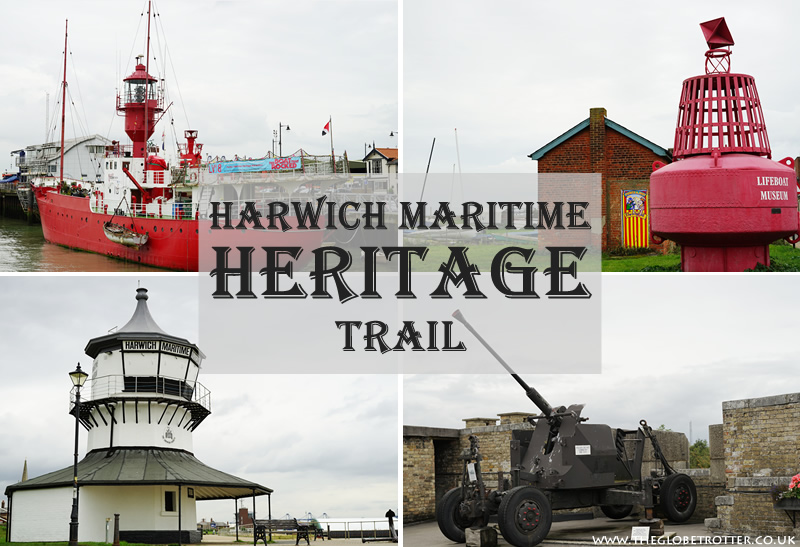
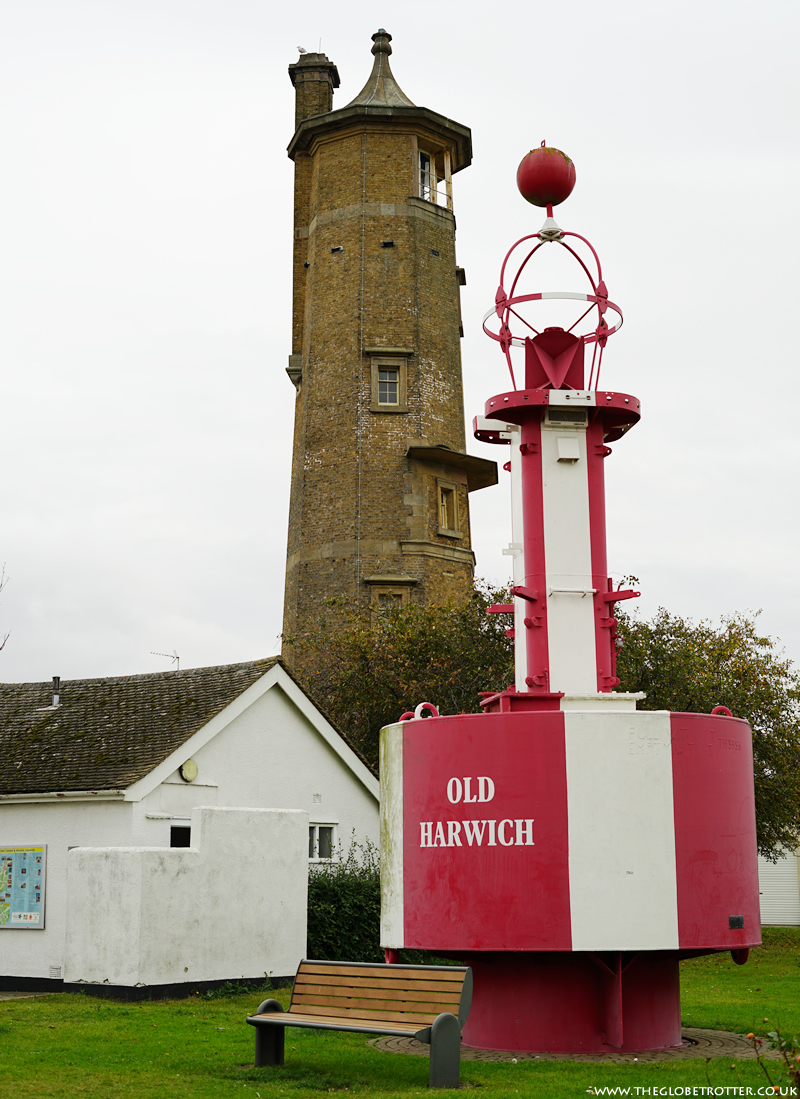
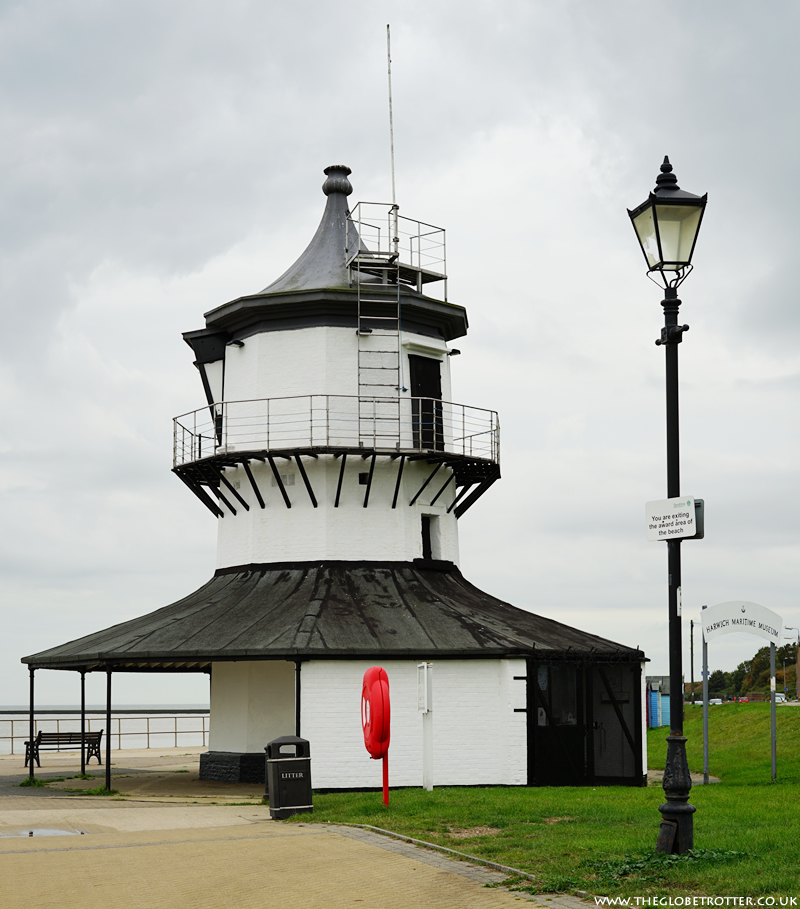






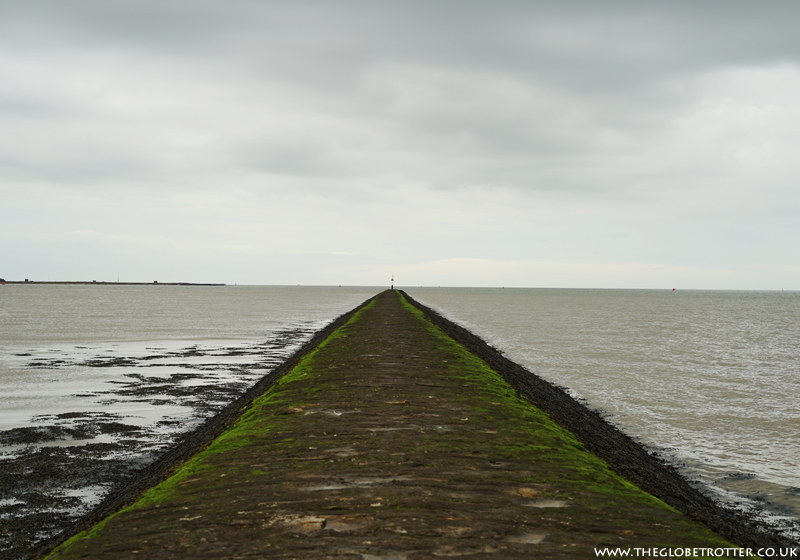
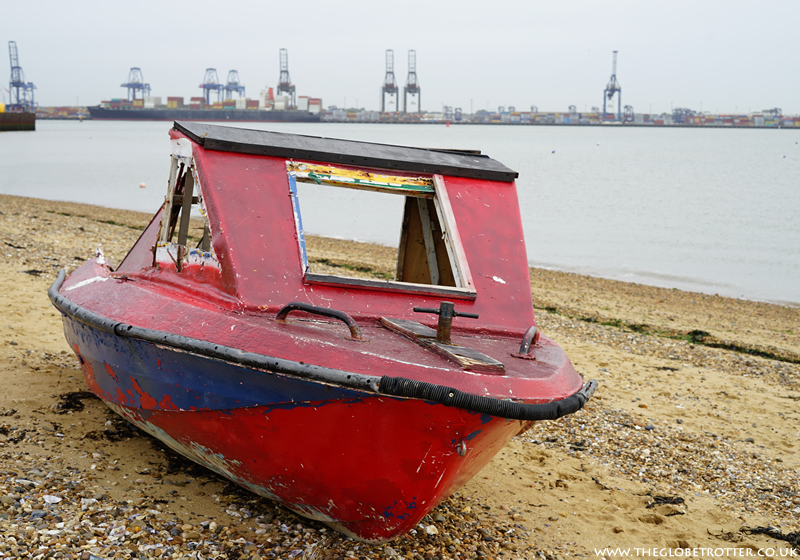


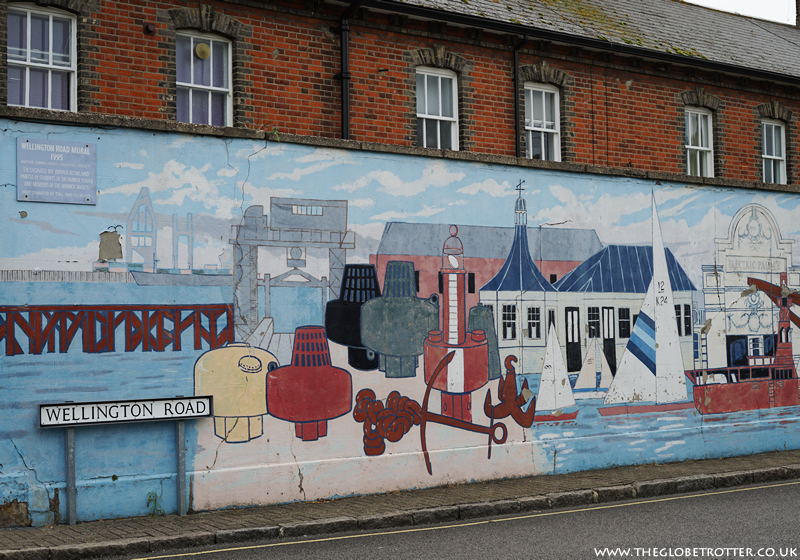
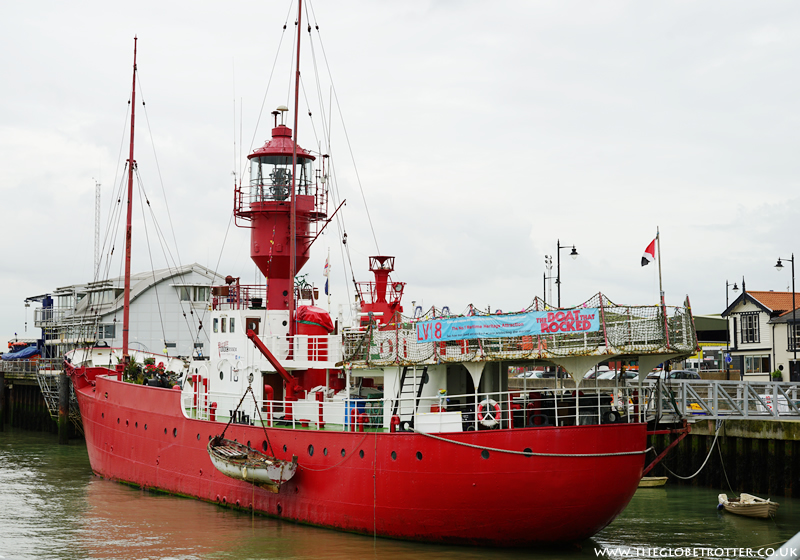

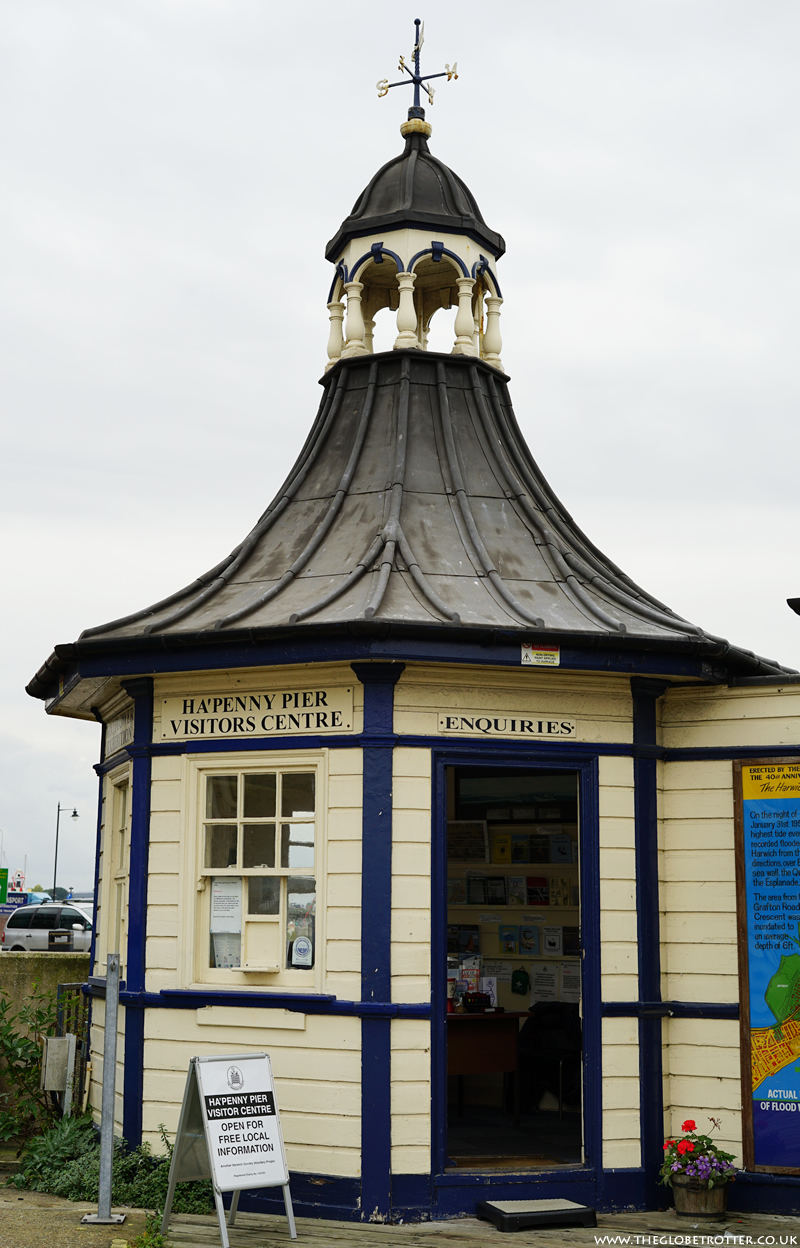

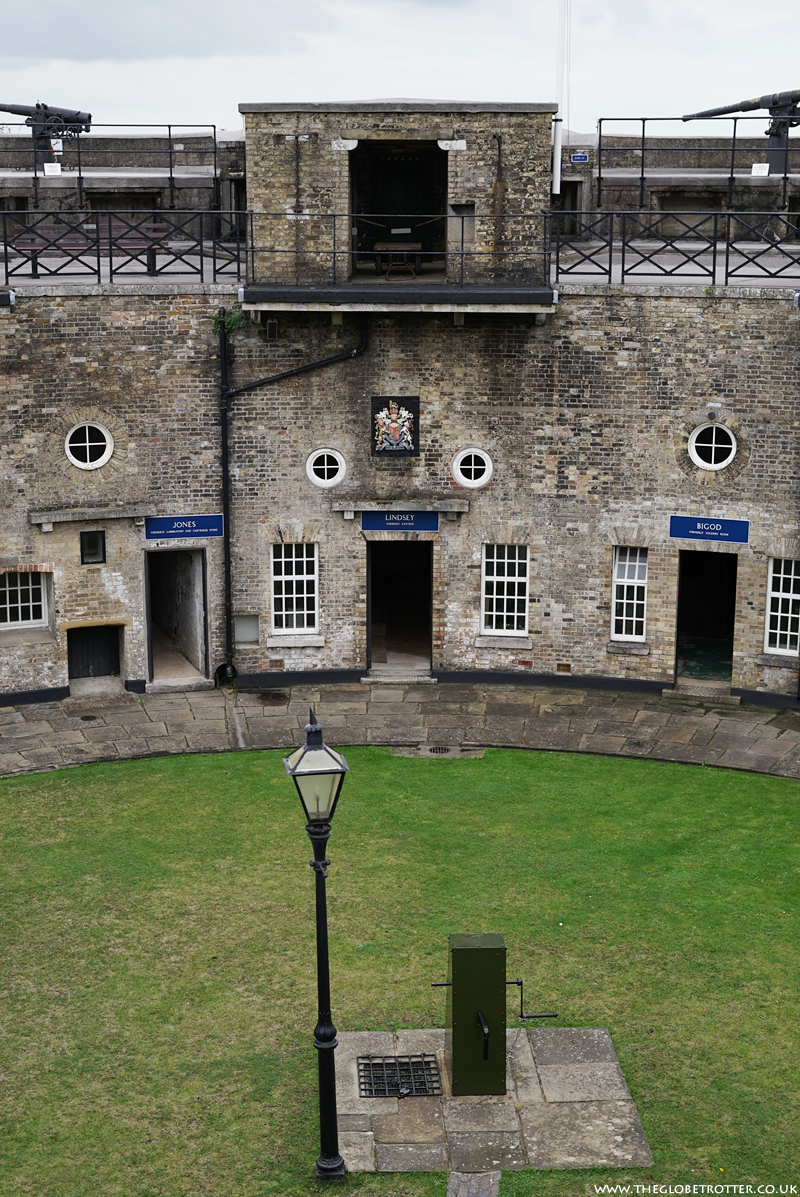

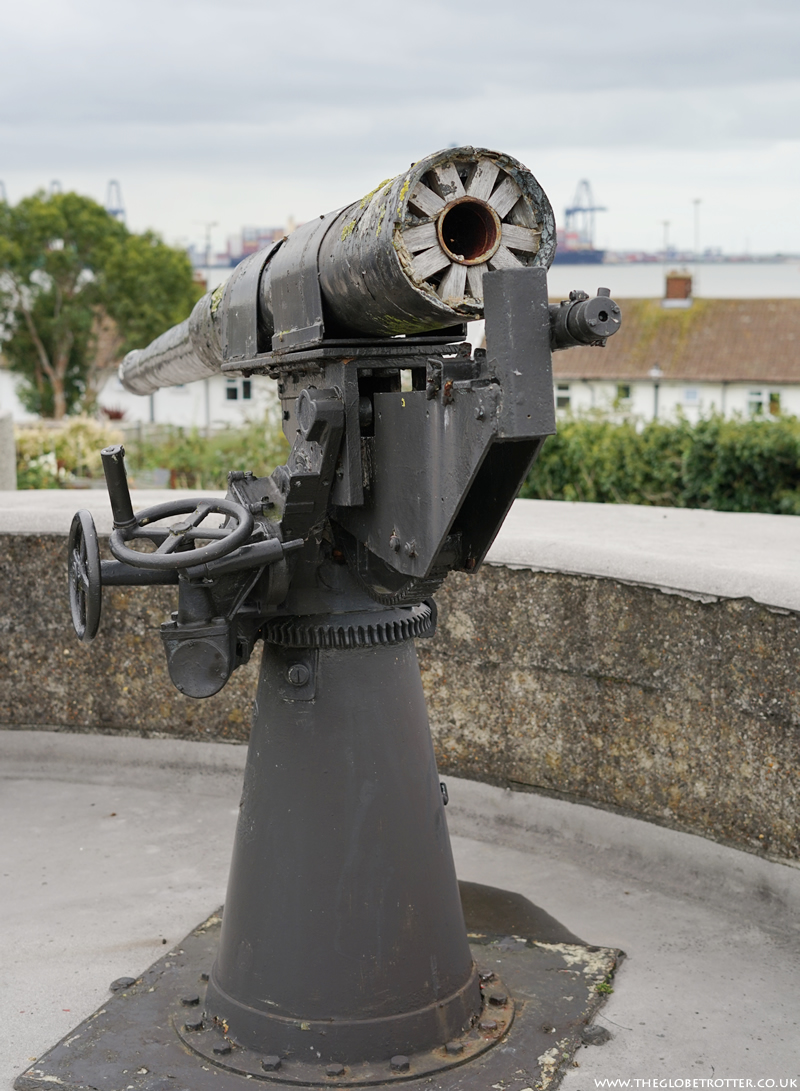
excellent photos - a map would be a most useful addition
ReplyDelete